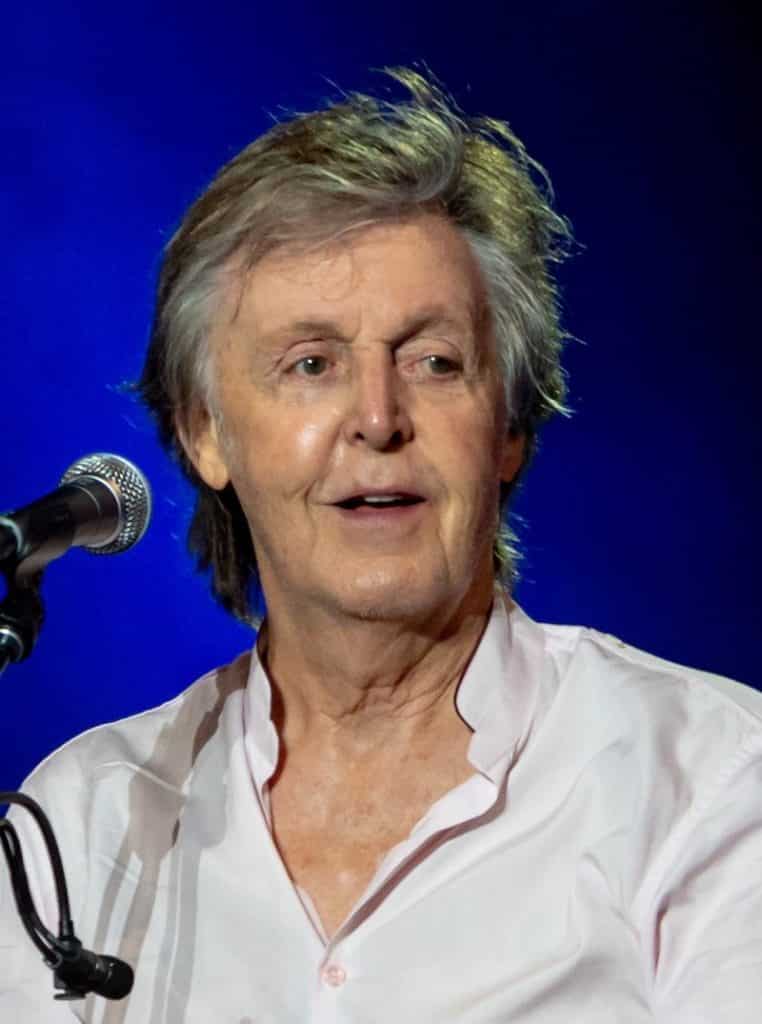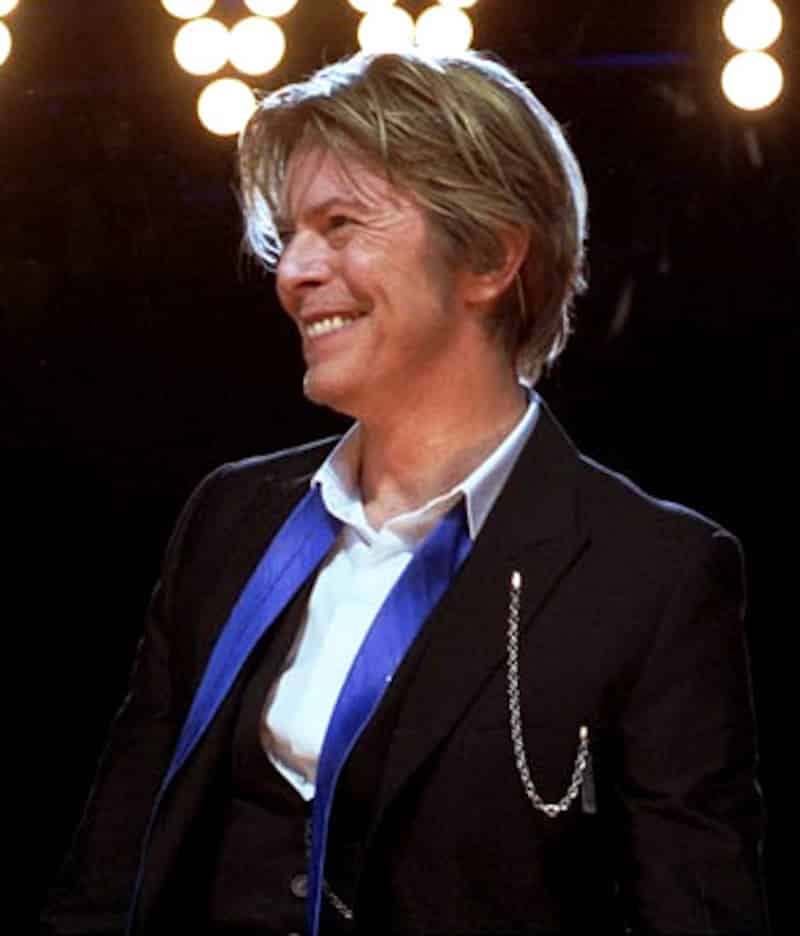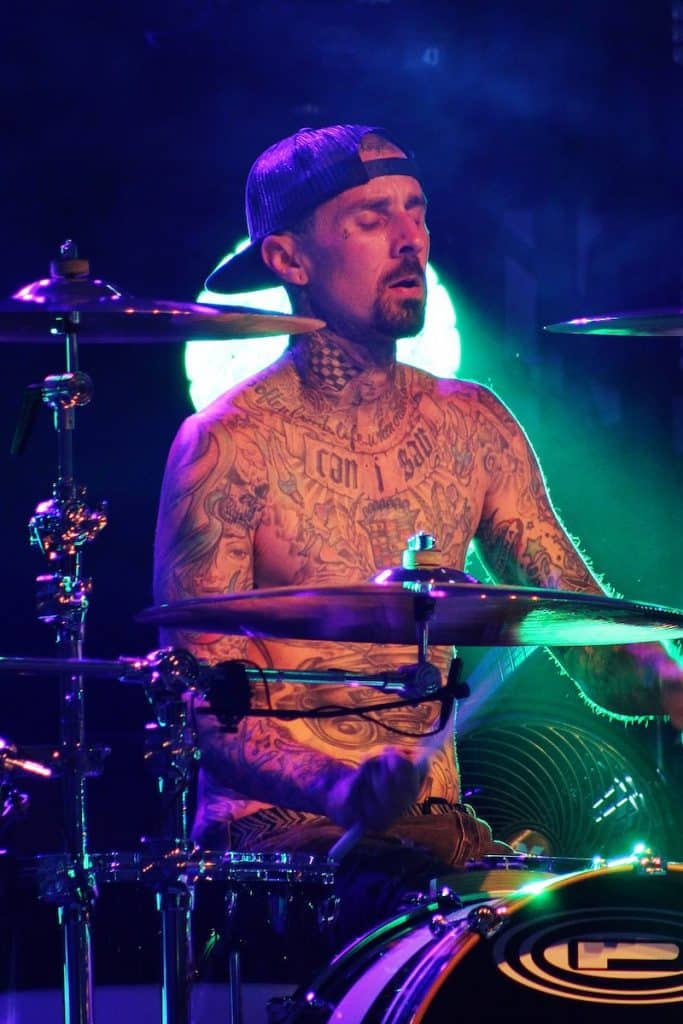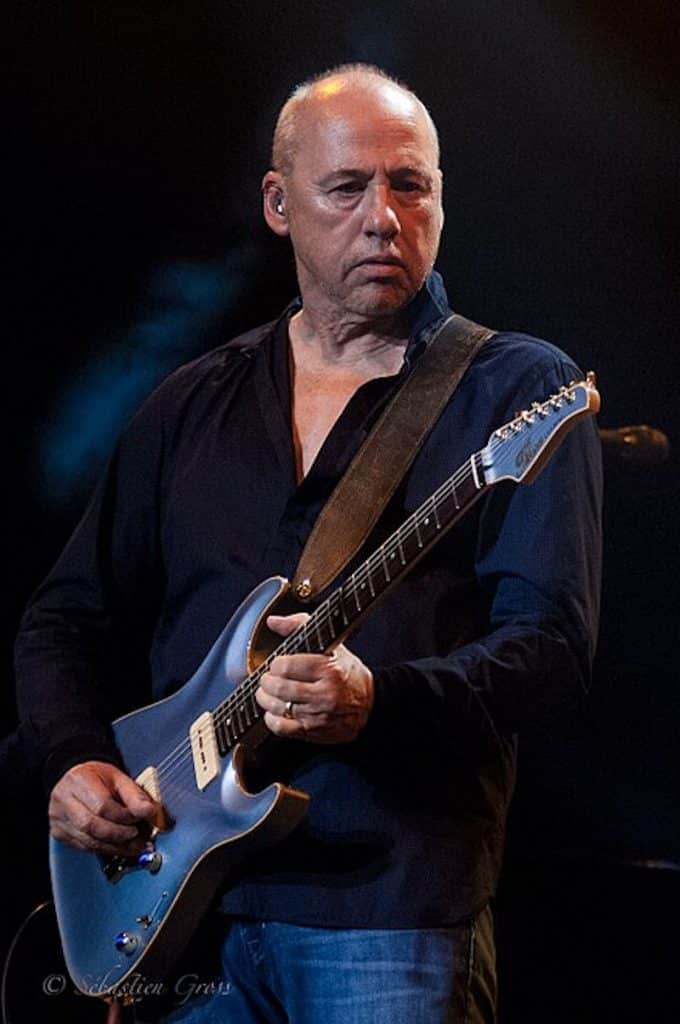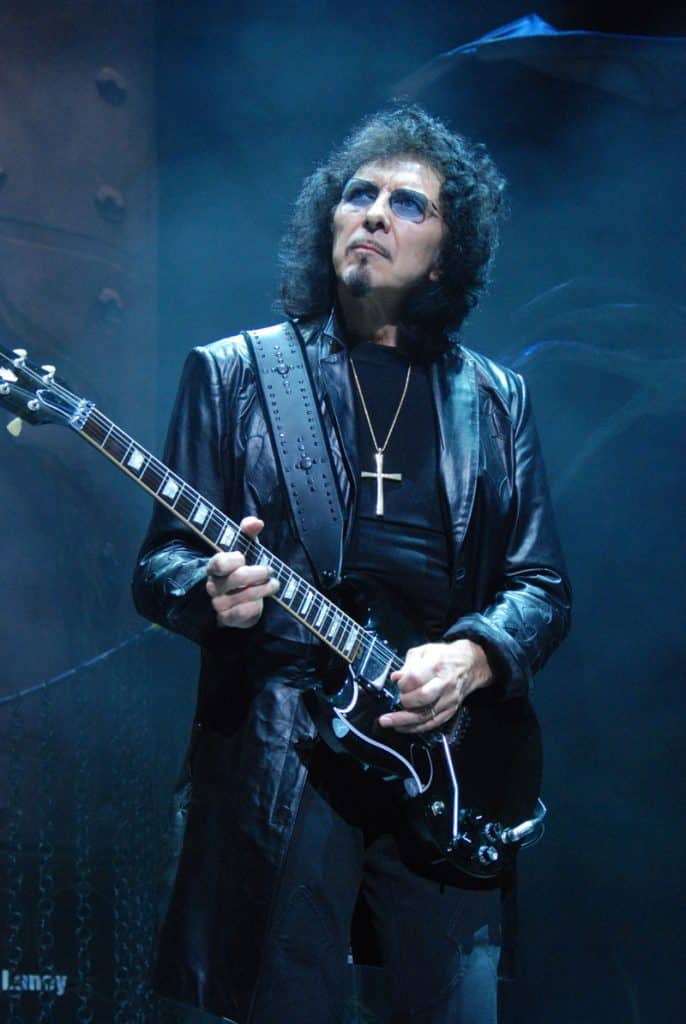It’s no secret that left-handed people are considered to be a minority in society. In fact, it’s thought that only about 10% of the world’s population is left-handed!
This unique trait doesn’t just affect day-to-day tasks but also permeates into the realm of music. The world of left-handed musicians is fascinating, filled with artists who have turned their uniqueness into an advantage.
From Jimi Hendrix to Paul McCartney, many renowned musicians have been left-handed, proving that this trait can, indeed, be a boon in the creative world. So read on to learn more about the talents of 18 of the greatest and most famous left-handed musicians.
1. Paul McCartney
Probably one of the most famous musicians that are left-handed has to be Paul McCartney who was born in Liverpool, England, and is most famous for playing with the Beatles.
Shortly after McCartney turned 14, he bought his first guitar, and since he grew up in a musical family, he found it odd that he had such difficulty playing the guitar.
One day, he saw a poster for a Slim Whitman concert and noticed that Whitman played left-handed. With this realization, McCartney reversed the strings on his guitar and was now on the road to stardom.
While McCartney is proficient on many instruments and plays all of them except drums left-handed, he is ambidextrous. He owns the only known left-handed Ampeg Dan Armstrong Plexi guitar.
2. David Bowie
David Robert Jones, best known to most of us as David Bowie, was born in London, England, and owes his iconic mismatched eyes to his friend’s fist.
Bowie’s first formal foray into music was with his band the Konrads when he was 15, and at this time Bowie was already playing instruments right-handed.
Even though he was a full lefty, he taught himself to play backward for the sake of convenience due to the lack of left-handed instruments available. However, in some music videos following his big break, he plays instruments left-handed.
While he was able to play some instruments both ways and played most right-handed, David Bowie was not ambidextrous.
3. Jimi Hendrix
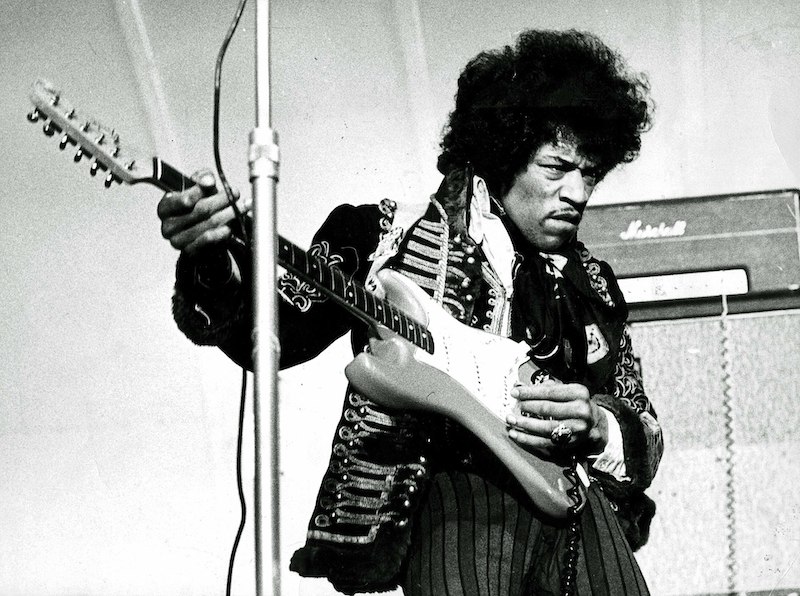
Born in Seattle, USA, Johnny Allen Hendrix, later James “Jimi” Marshall Hendrix, had a commercial career of only four years. After picking up a guitar at 15, he went on to become one of the greatest guitarists of all time.
His father initially tried to dissuade him from playing at all, but later relented so long as Hendrix played right-handed. After a time, Hendrix restrung the right-handed guitar to play it left.
On certain guitars, this reverses the tonal effects from high to low. Until his death, Hendrix continued to use right-handed guitars strung left.
4. Phil Collins
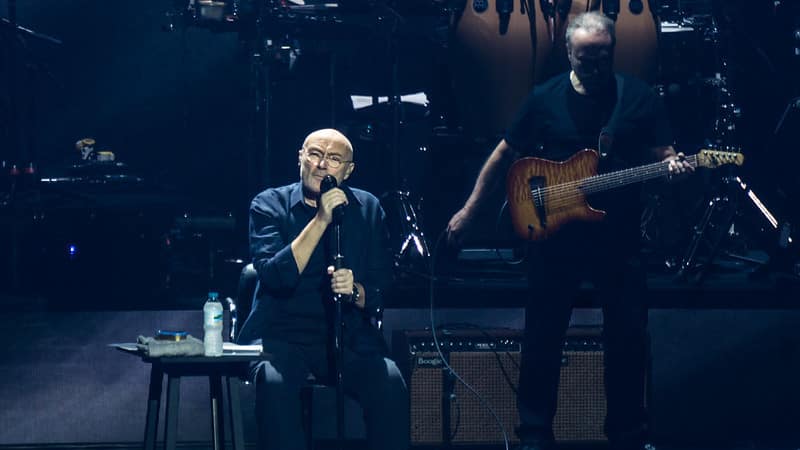
Originating from Chiswick, Middlesex, England, Phil Collins is an uncompromising lefty. He played drums left-handed until a dislocated vertebrae and subsequent spinal surgery caused loss of feeling and nerve damage in his left hand.
As a result, Collins sadly no longer plays drums and has lost most use of his left hand. He also suffers from hearing loss in his left ear.
Collins has had numerous other health problems and has all but retired from music aside from occasional performances assisted by a cane or chair. Currently, he is working in political and activist circles with the occasional live performance.
5. Ludwig Van Beethoven
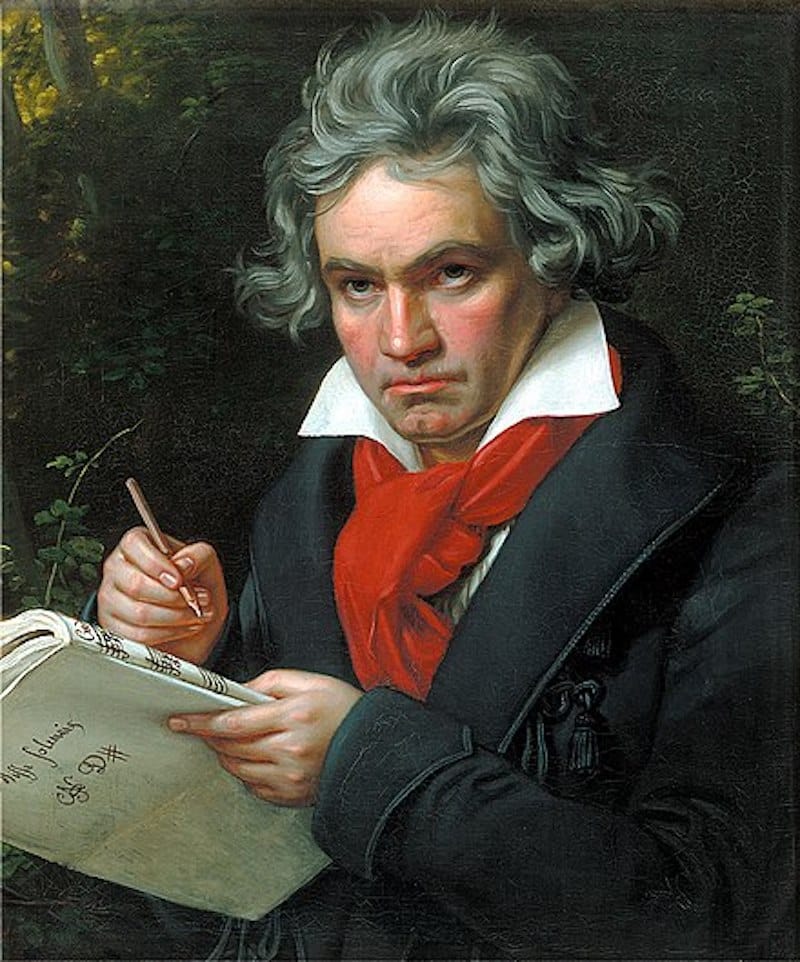
Contrary to some popular information, one of the greatest German composers Ludwig Van Beethoven was born in Bonn, Germany, though he spent most of his life in Vienna, Austria.
Beethoven began his studies of music around the age of 10 as an unpaid organist, and over the years, his skills grew. In 1792, he became the court organist. That same year, at the age of 21, Beethoven moved to Vienna and began his illustrious career.
Interestingly, Beethoven’s left-handedness is not a sure fact, as a contemporary biographer wrote that Beethoven used his left hand to compose but painted with his right. It is most likely that Beethoven was left-handed and ambidextrous, though neither can be confirmed.
6. Ringo Starr
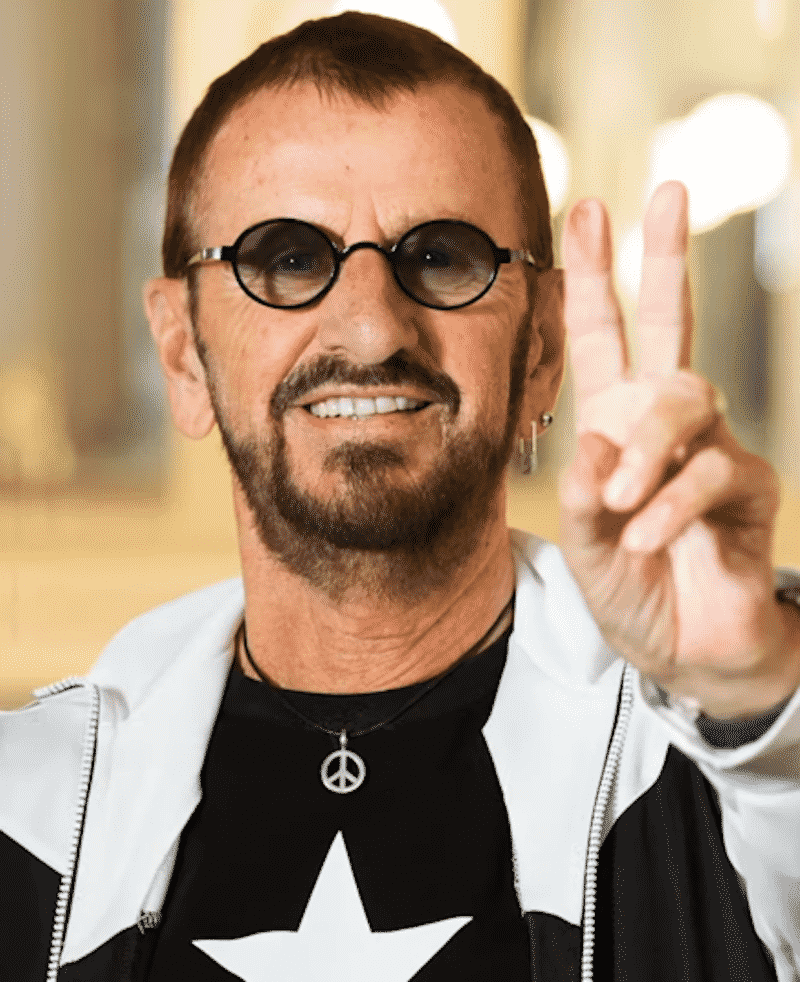
Up next, Ringo Starr (real name Richard Starkey) of Liverpool, England, was the last member to join the Beatles, two days before the former drummer, Pete Best, was canned.
While Starr says he’s always felt like the odd one out in the Beatles — a large contributor to this is his left-handedness. Starr has explained that he has never been proficient at the drums because he is a lefty playing a right-handed set.
Interestingly, though Starr does not feel he is a talented drummer, he has inspired many other left-handed musicians to use right-handed drums. Some of these musicians include Mark Knopfler, Noel Gallagher, and Duane Allman.
7. WolfgangAmadeus Mozart
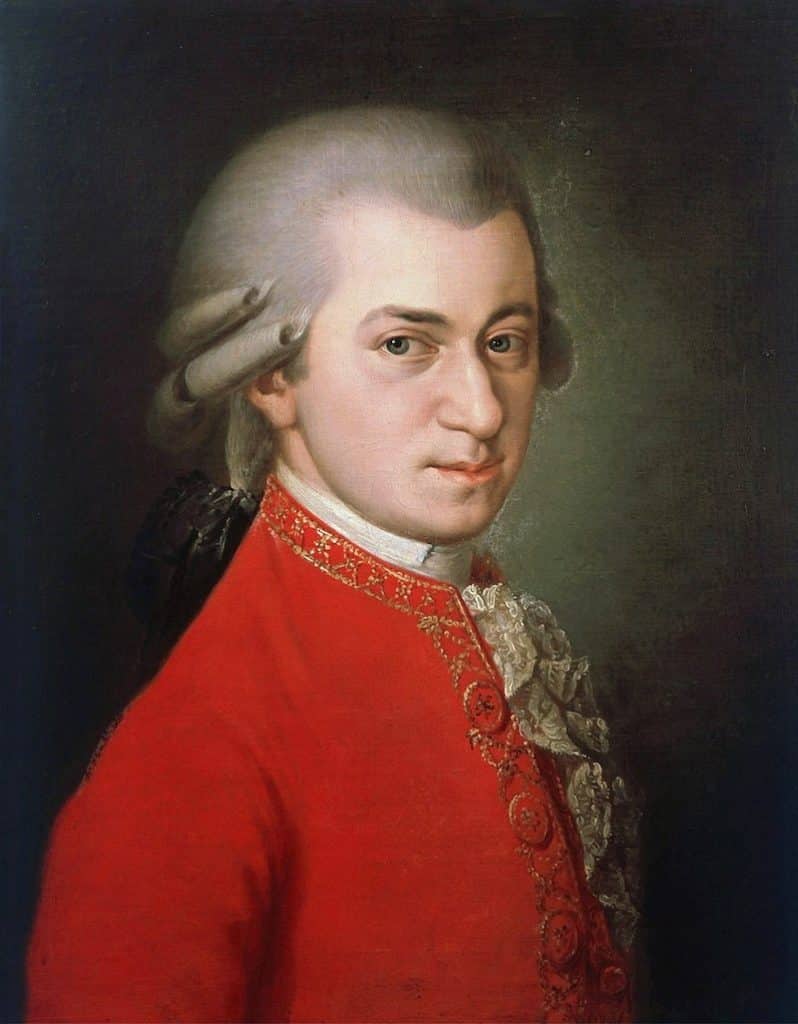
Wolfgang Amadeus Mozart, baptized Johannes Chrysostomus Wolfgangus Theophilus Mozart, was born in Salzburg, Austria, back when it was still the Archbishopric of Salzburg of the Holy Roman Empire. Mozart was the youngest of seven children, but only he and his older sister, Nanneri, survived past infancy.
While both Nanneri and Mozart were both musically gifted and trained by their father, only Mozart was able to continue his career due to gender restrictions. He went on to become one of the most prolific and arguably one of the best Austrian composers of all time.
It is unknown if Mozart was a full left-hander because he was visibly ambidextrous throughout his career. He was likely left-handed and trained to use his right hand due to the superstitions of the time.
8. Travis Barker
Next is Travis Landon Barker of Fontana, California, the somewhat notorious drummer of Blink-182. Barker got his first drum kit at the age of four and played on that same kit until he was 15.
While Barker is left-handed, he has always played on a right-handed drum kit out of habit. The only time he switched it up was when he broke his right foot and used the left to peddle instead.
Barker found his inspiration from other great drummers such as John Bonham, Alex Van Halen, Tommy Lee, and Danny Carey; but his first-ever inspiration was Animal from The Muppets.
9. Carl Philipp Emanuel Bach

German classical composer Carl Philipp Emanuel Bach was born in Weimar, Germany, in 1714. He was the fifth child of his arguably more famous father Johann Sebastian Bach.
Bach, along with three other siblings, all grew up to become musicians like their father. Though Bach and his siblings were well trained by their father, they pursued university degrees to acquire better jobs after graduation. It worked, and Bach went on to play for the Crown Prince Frederick of Prussia.
While there is no record of Bach being left-handed, it is believed he was due to something his father said to him in a letter. In the letter, Bach’s father advised him to train his right hand to match his left.
10. Justin Bieber
Pop legend Justin Drew Bieber was born in London, Ontario, Canada, and was exclusively left-handed from birth. He went to a French immersion school in Stratford and, while there, learned to play piano, drums, guitar, and trumpet.
In 2008, Bieber’s mother uploaded a video of him singing to YouTube, and his fame only grew with each new video. Beiber then signed with an American record label and moved to Atlanta, Georgia, with his mother, where he would go on to become one of the most talked-about and controversial artists in recent memory.
While Bieber sings more than he plays instruments, he still exclusively plays left-handed. He has had an extremely lucrative career from 2008 to the present, and though he is less active in the music industry than he once was, he shows no signs of stopping anytime soon.
11. Mark Knopfler
Glasgow, Scotland-born musician Mark Freuder Knopfler is famous for his role in the band the Dire Straits. He started playing guitar around 13 after years of exposure to his uncle’s piano and harmonica playing.
Knopfler played in a band called the Café Racers until 1977, when the name changed to Dire Straits when they recorded their first demo.
While he is left-handed, Knopfler plays the guitar right-handed. It’s just the way he learned it, and he never switched. In 1996, he started a solo career and continues playing to this day.
12. Noel Gallagher
The lead guitarist of the English rock band Oasis, Noel Gallagher was born in Manchester, England.
While Gallagher plays the guitar right-handed, he is exclusively left-handed for everything else and claims that guitar is the only thing he can do right-handed.
After a turbulent school career and several dead-end jobs, Gallagher got lucky when he ended up joining a road crew for a friend’s band. In 1991, he returned from tour and joined his brother’s band The Rain (eventually renamed to Oasis), taking over as songwriter.
Gallagher quit Oasis in 2009 and formed Noel Gallagher’s High Flying Birds. They have since released four studio albums, with the latest (Council Skys) dropped in 2023.
13. Dennis Wilson
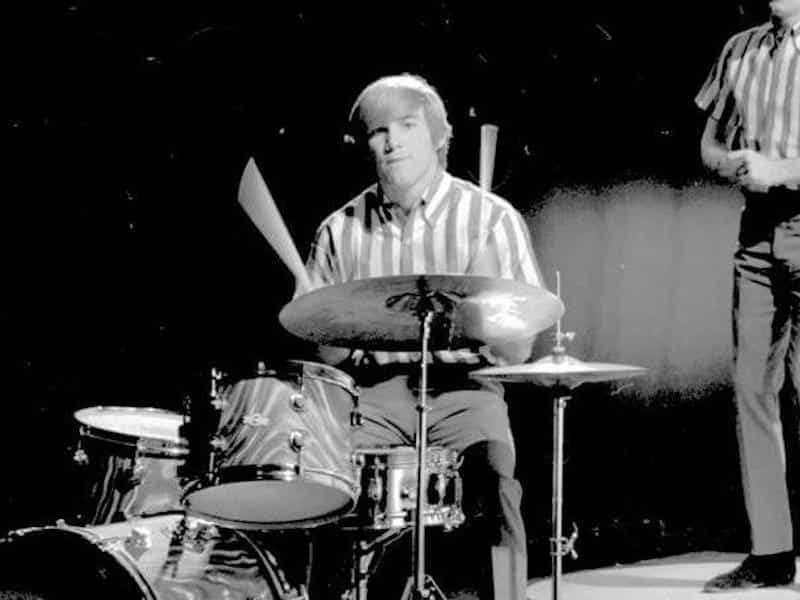
Together with his brother Brian, Dennis Carl Wilson of Inglewood, California, co-founded the Beach Boys in 1961.
Though he was left-handed, Wilson was a very skilled ambidextrous musician. He was particularly famous for flip-flopping between hands between and even during songs.
Wilson was known to be a bit of a terror as a kid, earning the name Dennis the Menace, and later in life, he briefly invited Charles Manson and some of the cult to live with him.
While the arrangement was short-lived, Wilson had a lot of respect for Manson, and they exchanged many musical ideas.
14. Tony Iommi
Born in Birmingham, England, Anthony Frank Iommi, better known as Tony Iommi, is best known as the lead guitarist and one of the founding members of the heavy metal band Black Sabbath.
Iommi is a lefty through and through. He initially started playing guitar left-handed, and though he did consider switching, he never learned to play guitar right-handed.
When Iommi was still working in an industrial factory, he lost the fingertips of his right middle and ring fingers. This caused him to briefly stop playing and leave the Black Sabbath, then named Earth.
With determination and resilience, Iommi returned to playing and eventually rejoined Black Sabbath in 1969. His unique style of playing, influenced by his left-handedness and the adaptations he had to make, played a key role in shaping the distinctive heavy metal sound of Black Sabbath.
15. Otis Rush
American blues guitarist and singer-songwriter Otis Rush was born in 1934. He rose from a life of poverty as a Mississippi sharecropper to international fame, becoming one of the most passionate singers and brilliant guitarists in the genre.
One of the architects of the Chicago blues’ West Side sound, Rush’s style combined intensely brooding vocals and sweet, stinging guitar solos. His left-handedness played an interesting role in his music.
As a southpaw, he learned to play a flipped-over right-hand guitar. Throughout his career, he strung his guitar in reverse, with his bass strings at the bottom, which is opposite to the typical guitar setup.
16. Al McKay
Though born in Los Angeles, California, Al McKay‘s musical journey began in New Orleans, Louisiana, where he was born and raised. His professional career took off when he started as a guitarist for the Ike & Tina Turner Revue. This opportunity allowed him to hone his skills and make his mark in the industry.
His career reached new heights when he joined Earth, Wind & Fire, one of the most successful and critically acclaimed bands of the 20th century. As a member of this iconic group, McKay contributed to its unique sound and helped create some of its most memorable hits.
A lefty, McKay played his guitar in a unique fashion. His ability to play the guitar upside down and backwards added a distinctive element to his music that set him apart from other musicians.
17. Dick Dale
Richard Anthony Monsour, a.k.a. Dick Dale, was an American rock guitarist renowned for being a pioneer of surf music and was often referred to as the King of the Surf Guitar.
Dale invented surf music with his distinct, fierce style that was frequently imitated but never duplicated. His innovative use of Fender reverb and dazzling speed helped define the form in the early ’60s.
His sound was not just limited to surf music; he also drew on Middle Eastern music scales. This blend of different musical traditions made Dale’s music stand out and contributed significantly to his pioneering status in the industry.
Being left-handed, Dale played his guitar like many of the others on this list — upside down and backwards. This unconventional approach created a unique sound that became a signature element of his music.
18. Daniel Barenboim
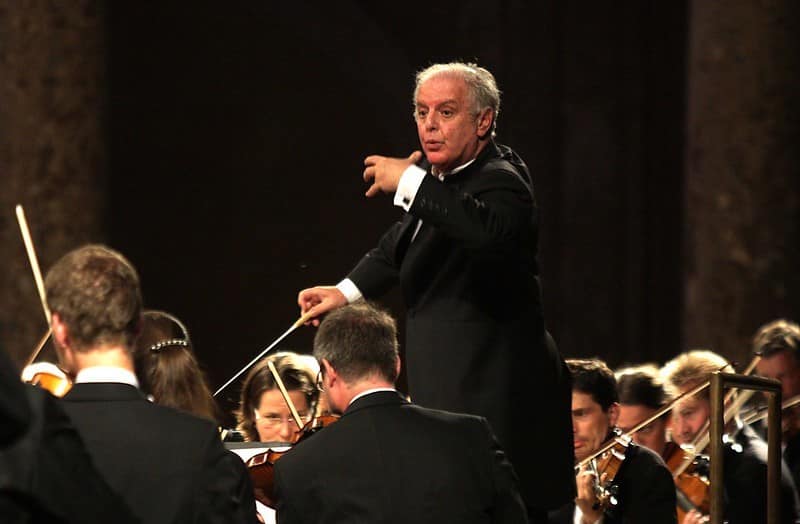
Our last musician, Daniel Barenboim, was born in Buenos Aires, Argentina. Since launching a career in music, he has become one of the most revered pianists in the world.
Interestingly, even though he is left-handed, Barenboim conducts with his right hand. Despite any obstacles that come with being a left-handed musician in a predominantly right-handed industry, Barenboim has successfully carved out an illustrious career.
He is a musician, conductor, humanitarian, and polyglot fluent in six languages. Currently, he serves as the Berlin State Opera and Staatskapelle Berlin music director.
Summing up our List of Famous Musicians who are Left Handed
As you can see, there are a number of very accomplished musicians who are left-handed.
It’s a shame that so many of them have had to learn to play right-handed instruments, though, due to what’s available to them.
We’ll be adding to this list soon, so let us know which great left-handed musicians we’ve missed, and we’ll update it to include them.

